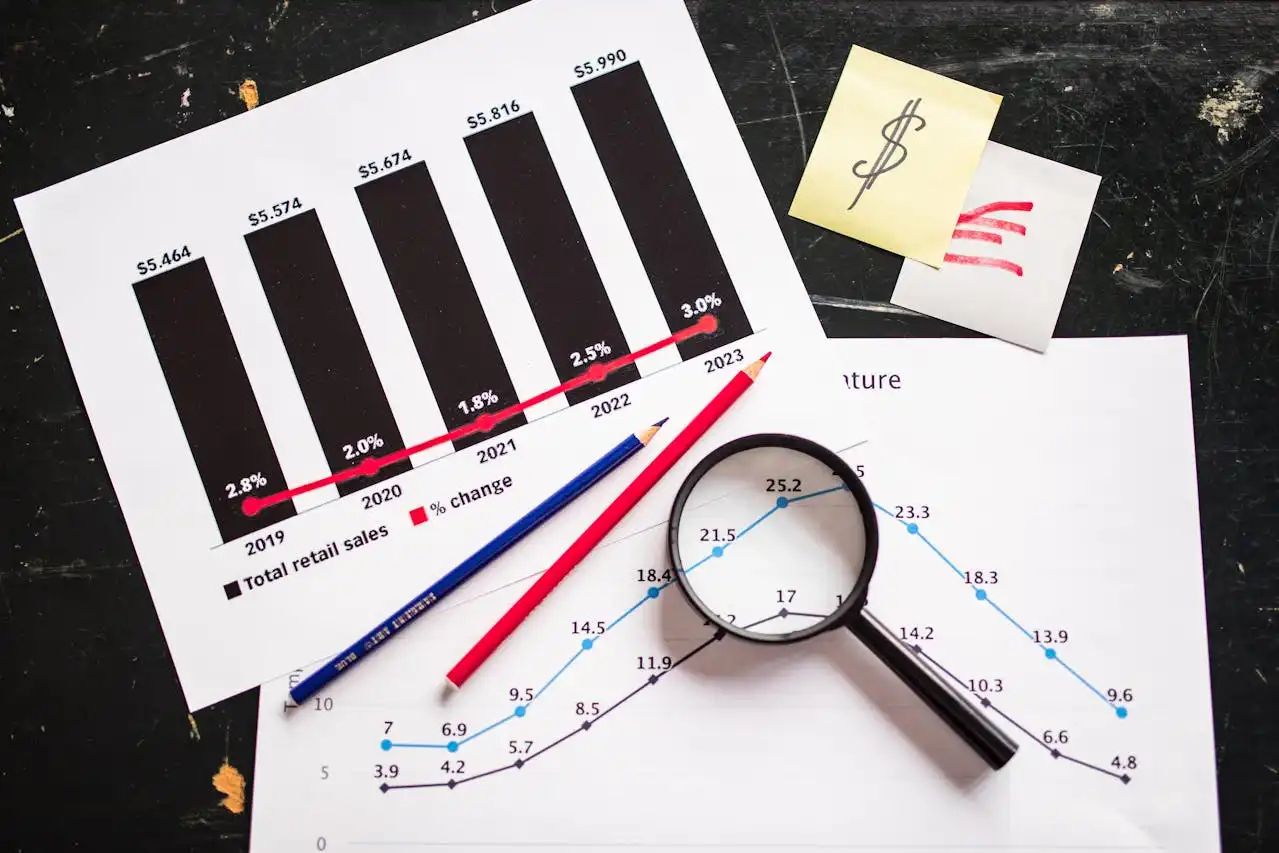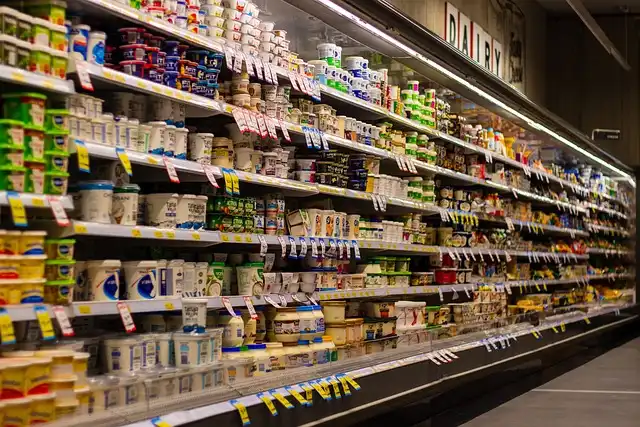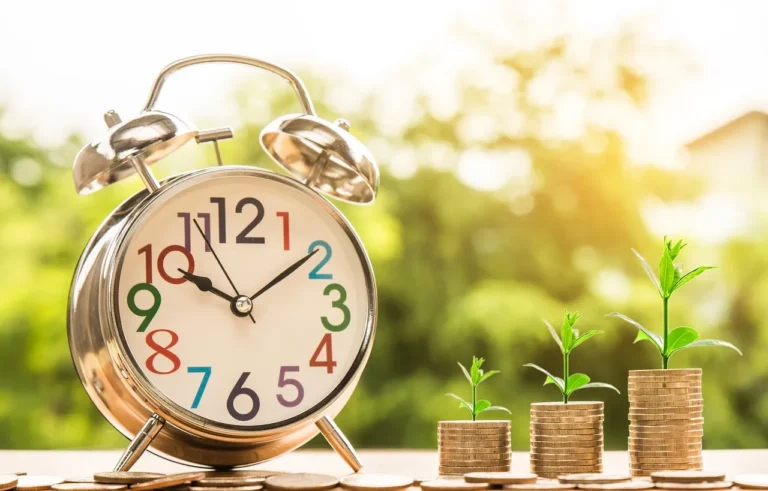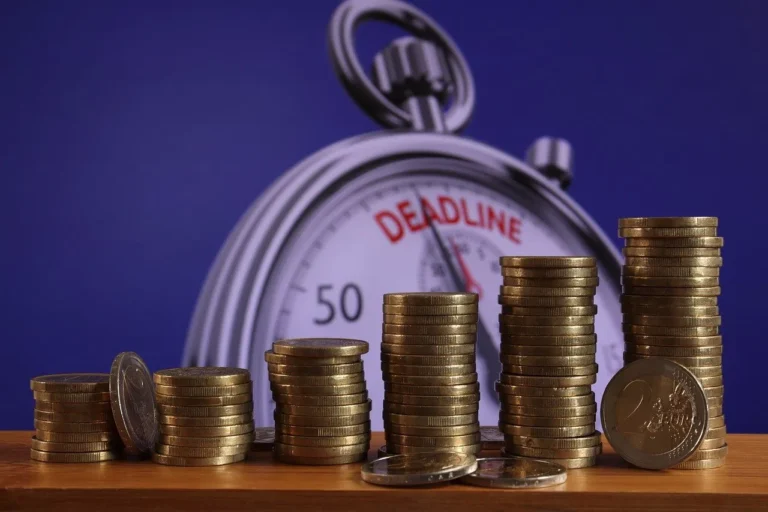As an effect that has been talked a lot about but not necessarily understood what it actually is or how/if it affects your personal finances, inflation feels relevant. To put it simply, inflation is the rate at which the price of goods and services rises over time. With rising prices, money will get less power for purchasing—that is, the amount of goods that could be bought with 100 Rs is now less than the amount it could have been bought with several years back. Inflation literacy is foundation from which smart decisions about saving, investing and making financial plans for the future can be taken.
What is Inflation?
Monthly updates on the prices of a basket of goods and services representative of a typical household purchase, consisting of (but not limited to) food, clothing, housing, transportation and others are used to estimate inflation. This is achieved through indices (i.e., the Consumer Price Index (CPI). Inflation rate (prices rising) is an upward moving price and negative inflation rate (deflation) is a downward moving price.
For instance, if the inflation rate is assumed to be 5% per year, the price of an item of 100 rupees in the current year will be 105 rupees in the current year. Although moderate forms of inflation are a necessary condition for robust economic growth, hyperinflation destroys money, savings, and assets, and consequently, the purchasing power of existing money as a cost for everything goods and services.
What Causes Inflation?
Several factors can cause inflation, including: Several factors can cause inflation, including:
- Demand-Pull Inflation: This happens when the supply of goods and services is limited to meet the demand. The cause is inflation–unnatural, symmetrical increases in prices in scenarios, where the amount of people able and willing to buy and consume something is greater than the number of items that are on the market, i.e., when there is supply deficiency. For instance, by setting prices high in festivals, demand for electronics or apparel can do so.
- Cost-Push Inflation: In this form of inflation, producers’ costs rise and these cost rises are transferred from the producers to the consumers as price rises. For example, if the prices of input materials like steel or oil rise up, it can be expected that prices for final products like cars or fuel will rise up too.

- Built-In Inflation: There is a kind of inflation that labour would want to see a higher pay if cost of living increases. The example of higher labour costs is, unfortunately, passed on by employers to customers in the form of higher price list, thus creating a vicious cycle of higher wage and higher price.
- Monetary Factors: Also, the country’s money supply inflation still can be influenced. Such a regulation, for example, by Reserve Bank of India (RBI), cannot, of course, pressure the money base too soon (i.e. and, on the contrary, it would deprive the money of its power (i.e., by that, prices would be devaluated too much.)
How Inflation Affects Your Purchasing Power
The most obvious effect of inflation is real purchasing power loss. As inflation rises, the purchasing power of an Indian rupee declines (i.e., it is a case of “less being sellable”, i.e. Instead of just getting poorer each day, they may become a bit poorer for every rupee you make over the years. This erosion in purchasing power can have a big impact on your savings, investments, and future financial security.
- Savings Erosion: As the point of interest rate of a deposit account is less than the point of inflation rate, then the purchase power of the savings deteriorates and continues to deteriorate with time. Figuratively, if the inflation rate is 6% and the interest rate for your savings product is 4% per year, then purchasing power is decreased by 2% per year. This gives rise to the conclusion that, if you want capital, you should look for investment opportunities, and these opportunities should involve investments with growth rates above the rate of inflation.
- Impact on Fixed-Income Earners: Fixed income recipients [i.e., pensioners] are most exposed to inflation. As they cannot have their income grow in the same proportion as they increase the price of their products, they are continuously caught in a system of increasing their relative comfort, that diminishes proportionally.
- Increased Cost of Living: There is inflation of prices (hyperinflation) in items such as food, housing, transport and medical care. For example, the prices go up by 8% because of inflation, so food cost that is Rs 10,000 per month, it could rise up to Rs 10,800 per month and also affects the family’s budget.
Inflation’s Impact on Investments
Inflation also affects investments, but in differing ways for the various types of investments:
- Equities: Under extremely special circumstances, even stock or equity investments could be potentially helpful in the context of inflation. The more they charge, to keep pace with inflation, the higher their revenues and profits can be, and therefore, their stock prices. However, companies with high inflation are exposed to high expense, which is a highly undesirable adverse consequence from the earnings perspective.
- Bonds: Bonds tend to suffer during periods of high inflation. This is because bonds are a fixed coupon rate of interest and, if the inflation rate increases, the rate of return of bonds is diminished real rate of interest. E.g., if the bond has a 5% coupon rate and inflation is 6% the real return on the bond is nearly a loss.
- Real Estate: Real estate investments are also used for inflation hedging and fighting. Given the continued rise in inflation, the value of both property and rental income is, for most purposes, also gradually rising, while the value of your investment remains constantly rising. However, this rise only occurs for an optimistic local real estate market and an optimistic overall economic environment.

- Gold: Gold is known to be a safe harbour asset against extraordinary inflation. Gold as a safe haven asset, i.e., something people crave when money is devalued in this case from the time spent on gold investment is especially rewarding as a tool for wealth preservation. Gold, however, is not a self-selecting wealth and may well be an inferior long term wealth asset.
How to Protect Yourself Against Inflation
- Invest in Inflation-Beating Instruments: In order to protect your capital from the effects of the inflation process, find assets that have historically beaten the rate of inflation. Equity, inflation-linked bonds, and real estate are just a few of the many that have the opportunity for long-term excess over-inflation performance.
- Diversification: Ideally diversified portfolio can reduce the impact of inflation. Taking an asset class portfolio with multiple asset classes helps to mitigate the impact of inflation on the overall portfolio returns.
- Focus on Long-Term Goals: Because inflation can result in the buying power of money to decline each year, an investment horizon may be desired. Investment approaches for equity mutual funds or for retirement savings have been indexed for over two generations.
- Keep an Emergency Fund: Because price increases could become unpredictable from the erosion of inflation, there can be an emergency cash reserve that could allow one to buy unforeseen needs without spending the savings from long term investments.
Real-Life Example: Inflation in India
In recent years, India has been afflicted with the rollercoaster of inflation owing to a confluence of factors, including changes in global oil prices, changes in agricultural production, and changes in demand and supply. For instance, in 2022, global supply chain disruptions and oil price increases led to inflation in India for more than 7%. This came at a high price for Indian families and above all for those with an assured income.
In a bid to control inflation, the Reserve Bank of India (RBI) adjusts interest rates (to regulate money flow and prices) in a few instances. Despite the market effect of high interest payments to suppress inflation, high interest payments bring with them increased transaction costs, and therefore effects on loans and mortgages will obviously follow.
Conclusion
Inflation is an issue affecting all economies, and both describing how it works and analysing its impact on purchasing power can lead to better financial choices. Although inflation can take the life out of the value of your savings, it is feasible to keep wealth by buying assets that grow at the same pace, or even faster, than inflation. If you start to make investments early, put a diversified portfolio of assets and concentrate on long term financial development, you may outperform inflation and maintain your purchasing power over the long term. However, inflationary skills are also required to protect your asset in the future.







